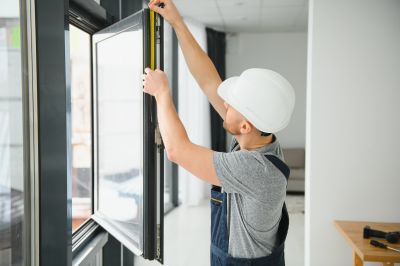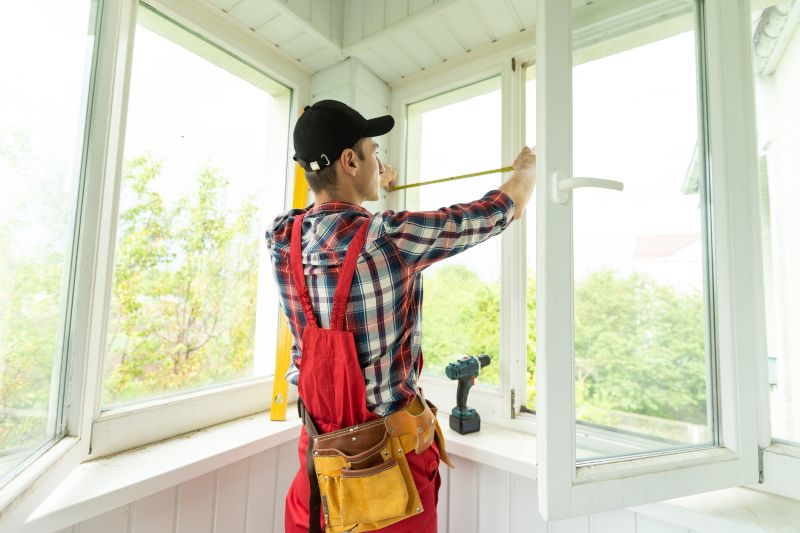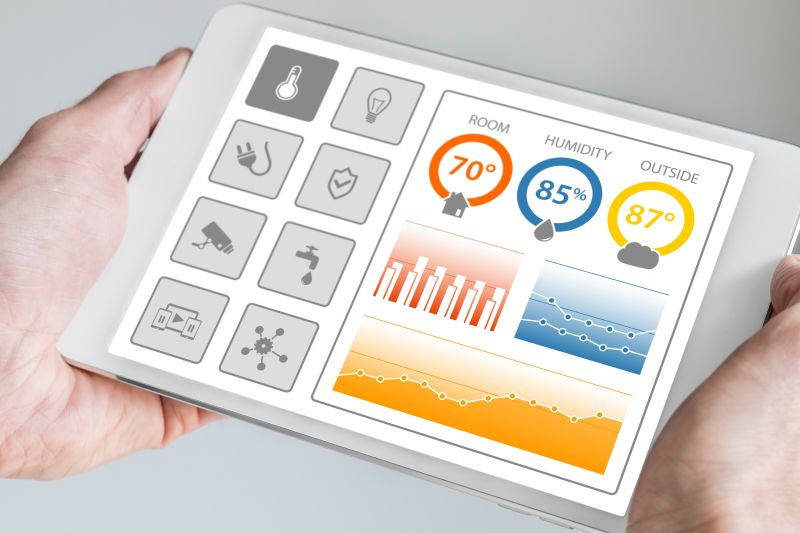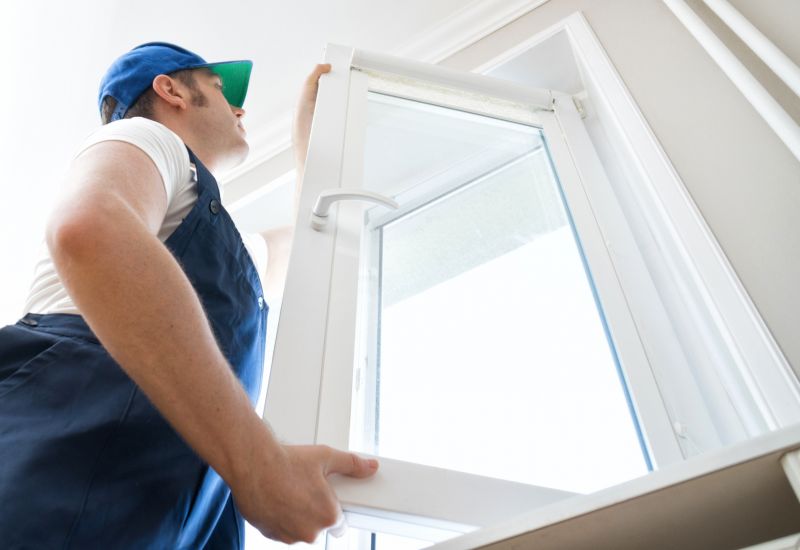Optimal Timing for Window Installations
Scheduling Windows installations requires consideration of various factors to ensure minimal disruption and optimal performance. The timing depends on workload, system readiness, and environmental conditions. Proper planning can enhance efficiency and reduce downtime.
Spring and fall are ideal for Windows installations due to moderate temperatures and stable environmental conditions, which facilitate smoother setup processes.
Weekends or non-business hours are preferred to avoid operational interruptions and allow dedicated time for installation without impacting productivity.
Scheduling after hardware upgrades or system audits ensures compatibility and reduces the likelihood of issues during installation.
Aligning installations with project timelines helps in managing resources efficiently and ensures timely completion.

Technicians preparing for a Windows setup in a professional environment.

A technician discussing installation timing with a client.

Data center with controlled temperature for installations.

Popular materials for Windows Installations and why they hold up over time.

Simple add-ons that improve Windows Installations without blowing the budget.

High-end options that actually feel worth it for Windows Installations.
| Aspect | Considerations |
|---|---|
| Season | Spring and fall offer stable weather conditions. |
| Time of Week | Weekends or evenings minimize operational disruption. |
| Hardware Readiness | Complete hardware upgrades before scheduling. |
| Project Deadlines | Coordinate with project timelines for efficiency. |
| Environmental Factors | Avoid extreme weather periods. |
| Business Cycles | Plan around low-activity periods. |
| Staff Availability | Ensure technical staff availability. |
| System Compatibility | Verify hardware and software compatibility beforehand. |
Windows installations are a critical component of maintaining system performance and security. Proper timing ensures minimal downtime and avoids conflicts with other operational activities. Regular updates and installations can improve system stability, security, and compatibility with new applications. Statistics indicate that scheduling during low-traffic periods can reduce installation-related disruptions by up to 50 percent.
Advanced planning and understanding of environmental and operational factors contribute to successful Windows installations. Ensuring hardware readiness, selecting optimal seasons, and coordinating with project schedules are essential steps. Properly timed installations can lead to smoother transitions and better long-term system performance.

A professional performing a Windows installation in a server room.

Pre-installation system checks in progress.

Temperature-controlled server environment.

Technician configuring system settings after installation.

Finishes and colors that play nicely with Windows Installations.

Little measurements that prevent headaches on Windows Installations day.

A 60-second routine that keeps Windows Installations looking new.

A frequent mistake in Windows Installations and how to dodge it.
Interested in scheduling a Windows installation? Filling out the contact form provides a convenient way to explore available options and find a timing that best suits operational needs. Properly timed installations can enhance system performance and security, supporting ongoing business requirements.




